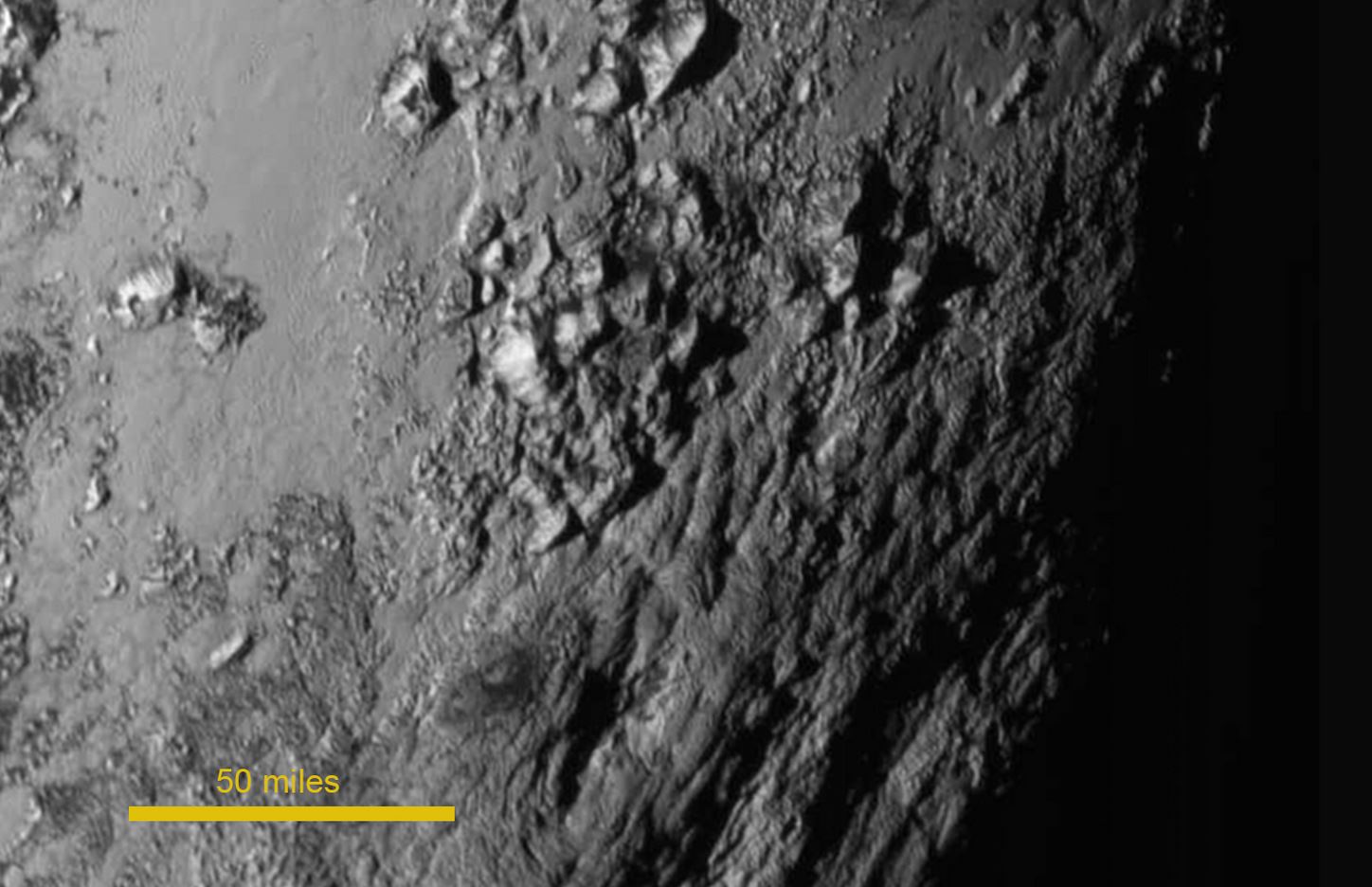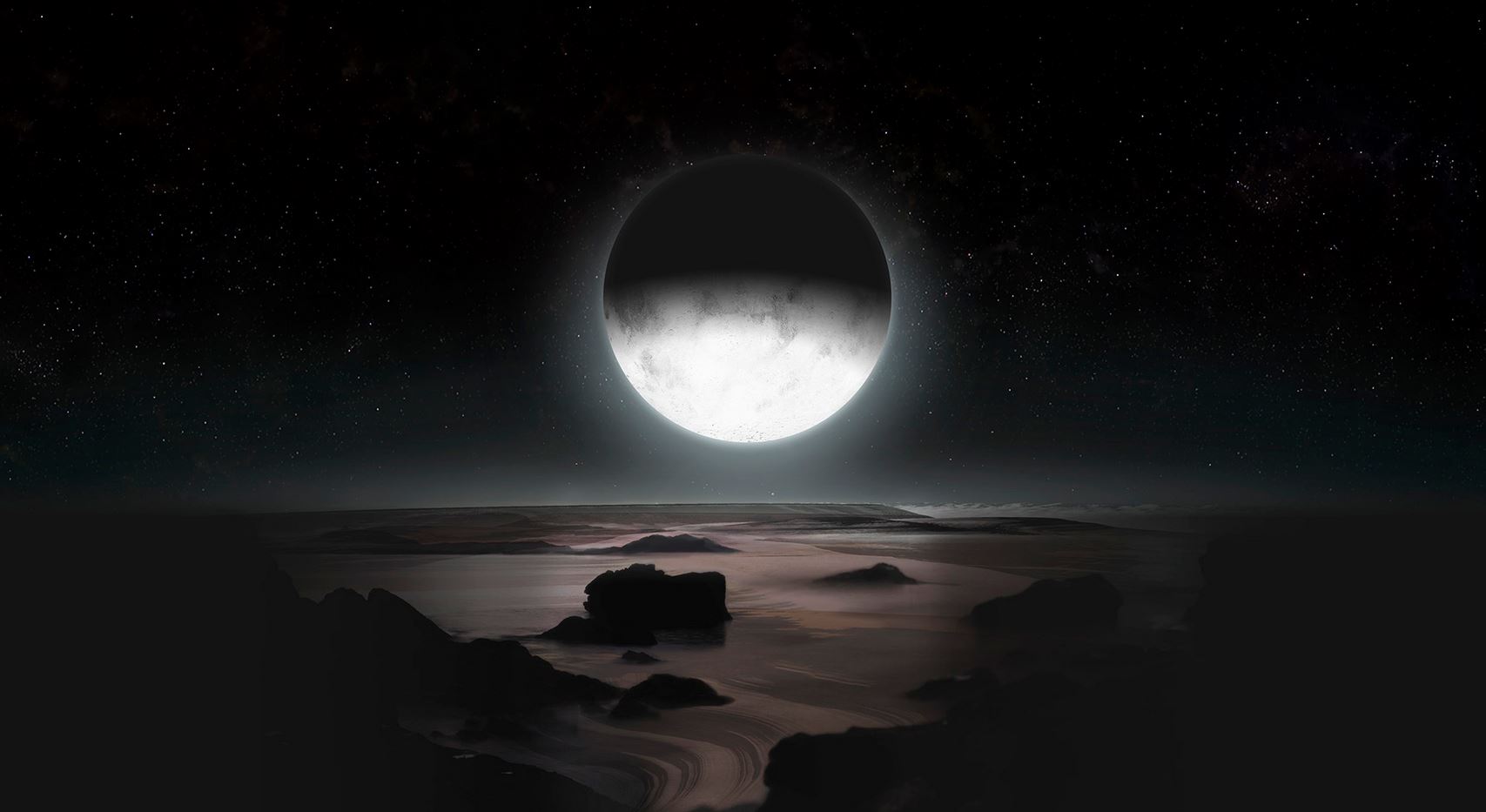New Horizons Reveals Icy Mountains On Pluto

After getting to Pluto, Mankind has now traversed (through space probes) all the originally held nine planets of our Solar System. On July 14, 2015, after travelling for a tiring 9 years and more than 3 billion miles, NASA’s New Horizons flew by the dwarf icy planet capturing high-resolution images and collecting useful information.
The fact that surprised the scientists is that this heart shaped region along with the mountains is merely 100 million years old, thus, making it one of the youngest surface to be found in the solar system. It should be noted that it’s been 4.5 billion years since the formation of our solar system along with its planets.
The resurfaced region is different from the rest of the bumped and cratered planet. This has led the scientists believe that there are parts interior in the planet that are geologically active.
The scientists are yet to come to a conclusion as what could power such a geological activity on other icy worlds such as Pluto. Scientists have already dismissed “tidal heating” (caused by the gravitational interactions with a large host planet) as a factor to the planet’s resurfacing. Also, there are no signs of the geysers or cryovolcanoes that could help geologists come up with an explanation.

Similar active resurfacing has been viewed on Pluto’s moon Charon. The close-up of the moon revealed a rift of 4-6 miles deep. Charon has a series of troughs and cliffs extending to hundreds of miles.
All these images are of the highest resolutions that we have ever had of the planet before. The New Horizons will be investigating Pluto and its Moons for about 10 more Earth days or two full rotations of Pluto.
This space mission is hailed as one of the greatest as it is expected to reveal and help us understand nature and the build up of the celestial bodies on the outside of our solar system. More images will soon be transferred to Earth by the New Horizons.
Source: NASA
For more updates on Science and Technology, Subscribe to fossBytes. [newsletter_signup_form id=1]







